There is a seemingly countless number of fishermen that somewhat religiously photograph the fish they catch. Or at least the good ones. Ultimately, these photos get shared on social media, sent from person to person by text message, circulated via email or simply end up clogging up hard drive space somewhere. A new initiative from Trout Unlimited, which they are calling 'TroutBlitz', seeks to put all these angler photos to good use by using them to help map native and wild trout populations across the United States.
How it all works is very straightforward. Using the TroutBlitz interface, anglers simply upload images of fish they've caught, identify the speices as best they are able and enter information about where the photo was taken (coordinates, water body, etc). Images and the information shared with them will be instantly compiled into a massive database for later use in countless research efforts.
According to Trout Unlimited senior scientist, Jack Williams, the images and information shared by anglers has "virtually endless" applications and will complement many existing efforts already underway by the group.
"The data could be very important on a number of fronts,” Williams said. “Anglers can help us flesh out our understanding of native trout ranges across the continent, and they can help us better understand the proliferation of non-native trout, as well. Additionally, we can use their help in locating previously unknown populations of rare native fish, like bull trout or grayling. And to help, all they need to do is go fishing.”
“This is a great new effort for TU, and we’re all very excited to get everyday anglers involved in helping us identify populations of wild and native trout in North America,” Williams added. “We’re asking all anglers—not just TU members—to be a part of TroutBlitz and use the simple interface to upload photos and locations to our project site. By sharing this information, anglers can help us identify healthy populations of native trout and help us understand where non-native trout have been introduced over the years.”
Trout Unlimited notes that the interface, provided by the California Academy of Science's iNaturalist.org system, is easy to use and understand. The group also has plans to introduce observation leader boards and other such methods of highlighting angler contributions -- including awarding prizes to contributors -- to help incentivize angler participation. “We hope this will be a fun and easy way for all anglers to help TU make fishing better all across the continent,” Chris Hunt, Trout Unlimited's communications director said.
Anglers looking to contribute photos and information to the new TroutBlitz project can do so by visiting the project's homepage. And, if you're not already familiar with proper fish handling technique, you should take the time to review these 10 Tips for Successful Catch & Release, which includes tips on how to capture fish photos while minimizing risk to the fish.




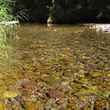
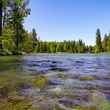

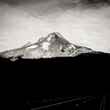






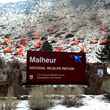





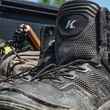



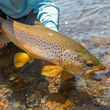



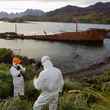

Comments